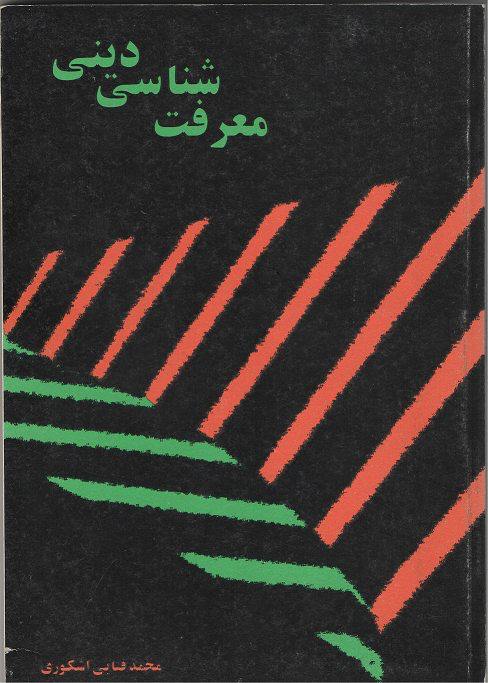Epistemology of Religious Knowledge (معرفت شناسی دینی), Tehran, Barg Publishing, 1995.
This book is written as a critique of Dr. Abdolkarim Soroush’s theory of the “Theoretical Contraction and Expansion of Sharia.” The preface of the book states: “The present treatise is a summarized transcription of discussions delivered over several sessions to a group of Iranian students in Montreal, Canada, in 1993. A comprehensive and detailed presentation of the subject of religious epistemology would require far more than this brief treatise allows. Nevertheless, this writing aims at selectivity and brevity. It is assumed that the respected reader is familiar with the foundational concepts discussed.
Addressing religious and theological issues in a society that has experienced a religious revolution and is striving to establish a religious system is not merely an academic pursuit—it is a vital necessity. In this context, determining the relationship between human knowledge and divine teachings, and defining their respective boundaries, especially in the realm of belief and communal life, is the primary and central concern. This treatise aims to explore this issue.
However, before engaging in any debate, attention to the ethics of discourse is essential, as disregard for it leads to chaos. Therefore, two chapters titled ‘The Method of Engaging with Ideas’ contain key points in this regard.”
The book has three main parts: Part One discusses the methodology of critique and critical dialogue. The author emphasizes the need for logical and reasoned critique, free from bias, while maintaining respect for freedom of expression and adhering to logical and ethical principles. He notes that “freedom of expression,” both in Islam and from a rational perspective, is not absolute but must be limited by respect for individual rights, national interests, and the sanctity of religious values.
Part Two analyzes and critiques the theory of “Contraction and Expansion.” According to this section, the theory comprises three elements—description, explanation, and prescription—all of which are subject to debate. The descriptive component is questionable because the claim that all forms of human knowledge (including religious knowledge) are in constant transformation contradicts reality. The explanatory component is flawed because the idea that every change in religious knowledge results solely from changes in non-religious sciences is overly generalized; not every change in secular sciences necessarily affects religious understanding. The prescriptive element, besides lacking practical benefit, leads to undesirable consequences. Merely being aware of developments in secular sciences does not necessarily aid in the evolution of religious knowledge. Responding to every secular transformation with a change in religious understanding fosters subjective interpretations and promotes relativism in interpreting religious texts.
Part Three proposes a preferred perspective on the issue of constancy and change in understanding religion, based on several principles: 1. Harmony of Reason and Revelation: A methodological principle in religious epistemology is the harmony—or at least non-contradiction—between reason and revelation. 2. Sanctity and Immutability of Religious Teachings: Religious doctrines are immutable in the realm of belief. In the practical sphere as well, religion has fixed principles capable of being applied to changing circumstances. 3. Constancy and Change in Religious Knowledge: Religious knowledge includes both fixed and changing elements. Changes occur within a framework that retains aspects of stability. The similarities and differences in scholars’ views throughout history reflect this reality. 4. Qualified Engagement with Non-Religious Knowledge: While partly aligned with the theory of contraction and expansion, the author recommends that religious scholars familiarize themselves with the secular knowledge of their time.
However, since the connection is viewed as a partial correlation, scholars should only engage with those secular fields that are relevant to religious knowledge—not all of them.
